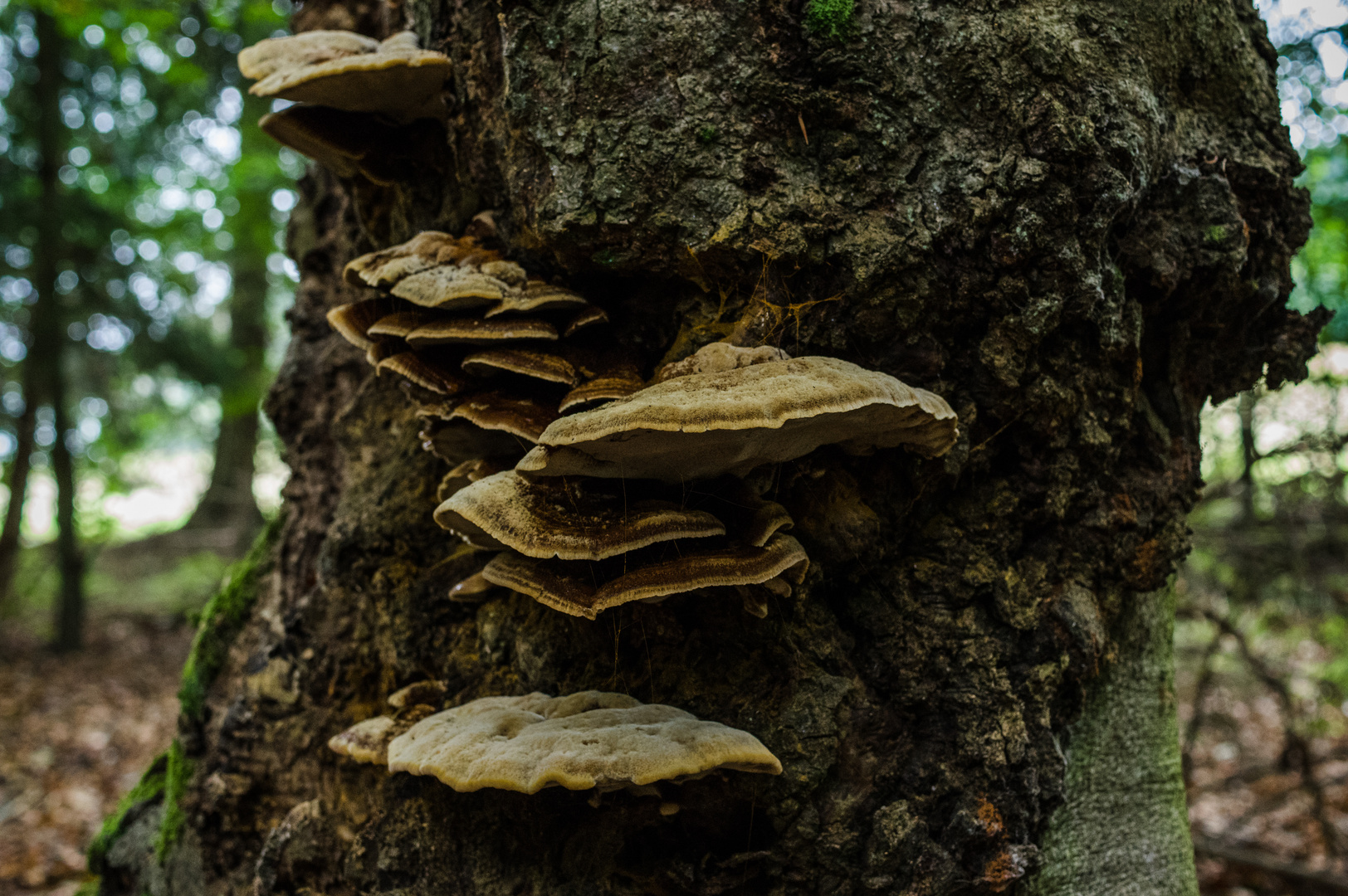Guppy Pilzbefall
Guppy Pilzbefall: Causes, Symptoms, and Treatment
Guppy Pilzbefall is a common disease in aquarium fish, particularly in guppies. It is caused by various types of fungi, including Saprolegnia, Achlya, and Fusarium, among others. Fungal infections can occur for several reasons, including poor water quality, overfeeding, overcrowding, and stress.
Some of the symptoms of Guppy Pilzbefall include whitish-gray patches on the skin, fins, and gills of affected fish, lethargy, difficulty breathing, loss of appetite, and changes in behavior. These signs can be distressing for fish keepers as fungal infections can lead to death if left untreated.
To treat Guppy Pilzbefall, it is essential to isolate infected fish, avoid overfeeding, maintain proper water parameters, and use antifungal medications. Chemical solutions like Malachite green or methylene blue can be effective in treating small-scale fungal infections. However, in severe cases, it may be necessary to use stronger antibiotics like Kanamycin, Tetracycline, or Nitrofurazone.
Summing up, Guppy Pilzbefall is a prevalent disease in aquarium fish, which can occur due to poor water quality, overfeeding, overcrowding, and stress. If left untreated, it can lead to death. However, by practicing good aquarium maintenance, isolating affected fish, and treating with antifungal medications, Guppy Pilzbefall can be cured.
Guppy Pilzbefall - My Experience
I have been keeping guppies for several years and have encountered various diseases, including Guppy Pilzbefall. A few months back, I noticed that some of my fish were developing whitish-gray patches on their fins and gills. At first, I ignored it, thinking it was a minor infection that would go away on its own. However, when the patches began to spread and the fish became lethargic, I knew it was time to take action.
I isolated the affected fish in a separate tank and treated them with antifungal medication, primarily Malachite green. Within a few days, the fish began to recover, and the patches started to clear up. However, I knew it was important to continue treatment for the prescribed duration to ensure the complete eradication of the infection.
Guppy Pilzbefall is a significant disease that can impact the health of your fish and the overall ecosystem of your aquarium. Therefore, it is essential to identify and treat it promptly.
Guppy Pilzbefall - Symptoms and Treatment
Guppy Pilzbefall patients may experience various symptoms, including patches on fins and gills, lethargy, loss of appetite, changes in behavior like inactivity, and difficulty breathing. Guppy Pilzbefall is primarily treated using antifungal medication. The medication may include malachite green, methylene blue, tetracycline, nitrofurazone, and more.
One must take extreme care to prevent outbreaks of Guppy Pilzbefall. The water parameters should be monitored and adjusted to provide the best living conditions for fish. Overcrowding or overfeeding must be avoided, and tanks should be maintained regularly to avoid stress among fish.
Types of Fungal Infections in Guppies
Guppy Pilzbefall is caused by several types of fungi. Some include:
- Saprolegnia
- Achlya
- Fusarium
Saprolegnia is the most common cause of Guppy Pilzbefall with white cottony fungus covering most guppies affected with the infection.
Preventing Guppy Pilzbefall
The easiest way to prevent Guppy Pilzbefall is by providing good aquarium maintenance. It helps to maintain regular water changes, tank cleaning, filtration, and proper water parameters. Ensure fish are not overfed and avoid overcrowding. Ensure treatment starts, even when one fish becomes frequently infected.
Guppy Pilzbefall - Q&A
Here are four questions and answers related to Guppy Pilzbefall:
Q: How can I diagnose Guppy Pilzbefall?
A: A white or grey cottony layer on guppies' skin, fins, or gills is a sign of Guppy Pilzbefall.
Q: What is the main cause of Guppy Pilzbefall?
A: Poor water quality, overfeeding, overcrowding, and stress are the primary causes of Guppy Pilzbefall
Q: How can I prevent guppy Pilzbefall?
A: By maintaining a clean, balanced aquarium environment and avoiding stress, overcrowding, and overfeeding, you can prevent Guppy Pilzbefall.
Q: How long does Guppy Pilzbefall treatment last?
A: The duration of treatment depends on the type of medication used and the degree of infection. Consult an aquatic veterinarian or professional on the type of medication and how long it should be administered.
Conclusion of Guppy Pilzbefall
Guppy Pilzbefall is a preventable disease that can be easily treated if diagnosed early. It is crucial to practice good aquarium maintenance, follow proper feeding and caring procedures to avoid stress and overcrowding. Consultation with aquatic veterinarians can provide in-depth information about the disease, diagnosis, prevention, and treatment of Guppy Pilzbefall.
Gallery
Tropical Fish Pictures: Common Guppy Fish Diseases Pictures

Photo Credit by: bing.com / guppy
Flossenfäule Bei Fischen | Erkennen, Behandeln Und Heilen

Photo Credit by: bing.com /
Guppy Fungus | Flickr - Photo Sharing!
Photo Credit by: bing.com / guppy disease fish types fungus diseases
Guppy "variegated" - Poecilia Reticulata | Guppys | Lebendgebärende

Photo Credit by: bing.com /
Pilzbefall Foto & Bild | Wald, Sommer, Natur Bilder Auf Fotocommunity

Photo Credit by: bing.com / pilzbefall fotocommunity